As children return to in-school learning, the focus on air quality has never been more important.
OSLO, NORWAY & FORT WORTH, TEXAS (October 26th, 2021) – Airthings - a global leader in indoor air quality solutions and energy-saving technology has partnered with the American Lung Association, to develop a ‘How To’ guide for schools to improve their air quality. The guide includes information about indoor air quality in general, as well as recommendations and strategies to improve indoor air quality, how to unlock funding from the US Federal Government for improvements and more.
By joining forces with the American Lung Association—the highly reputable and well-established organization working to save lives by improving lung health in America—Airthings reinforces its position as world leaders in air quality. The report reaches out to one of Airthings’ main target groups, the educational sector, to present itself as an ideal partner for easy and cost-effective solutions for improving indoor air quality. The ‘How To’ guide comes just in time as children return to in-person learning and schools open their doors after months of closure. Ensuring good air quality and ventilation is a big step towards minimizing the spread of viruses and keeping both students and teachers healthy and alert.
Promoting health, wellbeing and cognitive abilities
According to the guidance issued by the Centers for Disease Control and Prevention (CDC), ensuring safe operations in schools requires maintaining healthy facilities— this includes adequate ventilation for good indoor air quality. Children spend on average more than 1,000 hours in school every year according to the U.S. Department of Education. Poor, polluted indoor air can build up, affecting health wellbeing, and the ability to learn.
Carbon dioxide (CO₂) levels are a key indicator of indoor air quality and ventilation in schools and other buildings. When CO₂ builds up in poorly ventilated spaces, it can cause lower productivity, drowsiness, headaches, loss of concentration, and it can also indicate the risk of airborne virus transmission. Conditions such as humidity and temperature are also important factors to monitor as both are correlated with the spread of viruses indoors.
Accessing federal funding
A 2020 study from the U.S. Government Accountability Office shows 41 percent of schools need to update or replace their ventilation systems[1]. However, many schools do not have adequate funding to make the necessary adjustments. Fortunately, there is now funding through the COVID-19 Economic Relief, also known as the CARES Act, and Coronavirus Response and Relief Supplemental Appropriations (CRRSA), available to help schools improve their facilities. Facility-related expenditures are among the allowable uses for these funds, which include investments in indoor air monitoring such as the Airthings for Business solution.
About Airthings
Airthings is a global technology company and producer of award-winning radon and indoor air quality monitors for homeowners, businesses, and professionals. Founded in 2008, Airthings is on a mission to ensure that people around the world recognize the impact of indoor air quality and take control of their health through simple, affordable, and accurate technology solutions while optimizing energy consumption in buildings. Airthings’ products have made radon detection and indoor air quality monitoring easy to deploy, accurate, and user friendly, and have received several accolades including the TIME's Best Inventions of 2019 award and CES Innovation Award Honors in 2019 and 2021. Headquartered in the heart of Oslo, and with offices in the US, Canada, and Sweden the company has over 140 employees from more than 30 nationalities—and counting. To find an expanded assortment of Airthings smart indoor air quality monitors and radon detectors or to learn more about the importance of continuous air quality monitoring, please visit airthings.com.
Media Contact:
Lauren Pedersen
CMO | Airthings
press@airthings.com
1.https://www.gao.gov/assets/gao-20-494.pdf

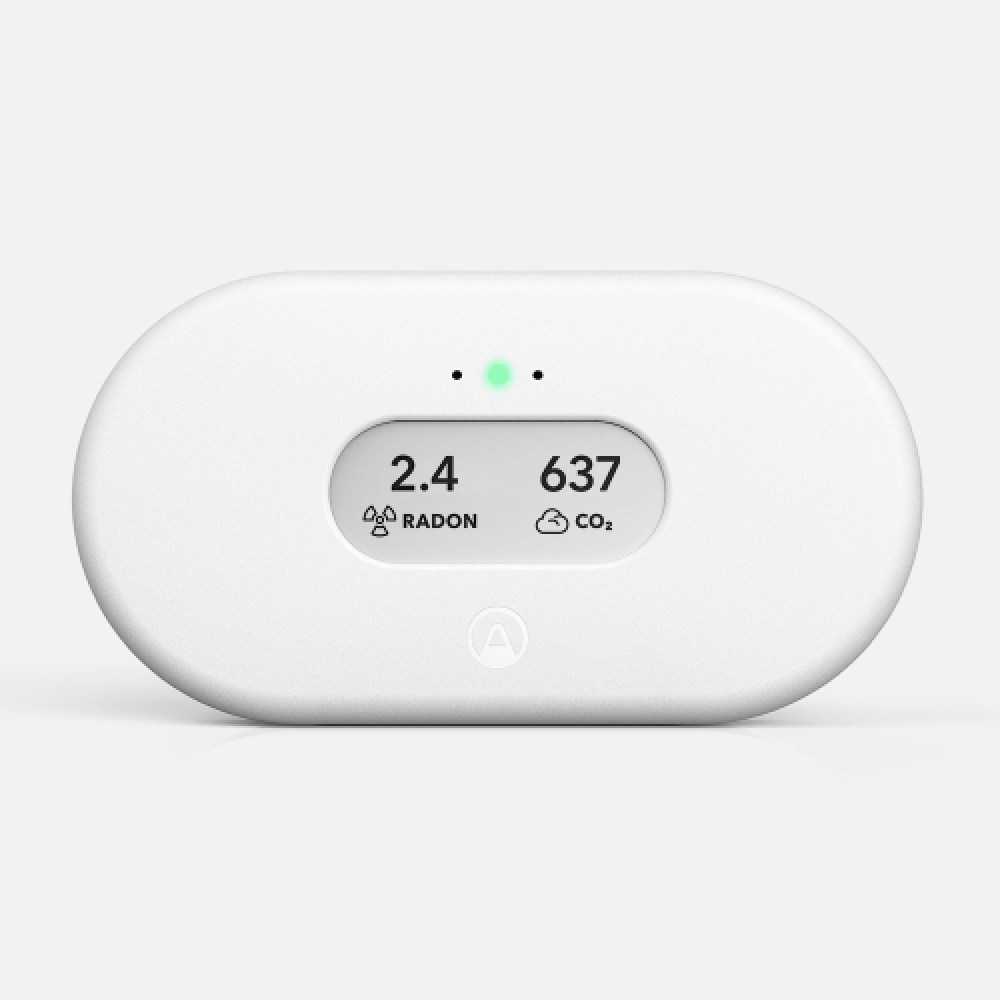
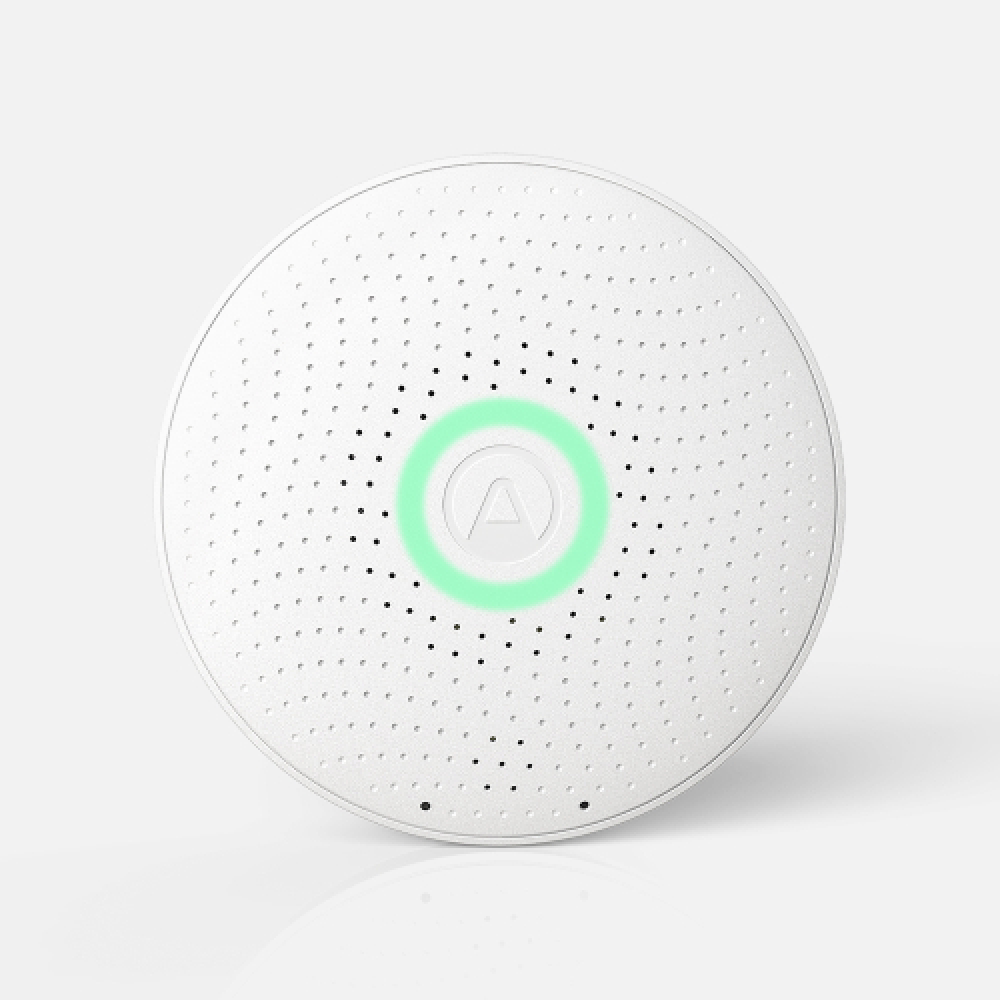
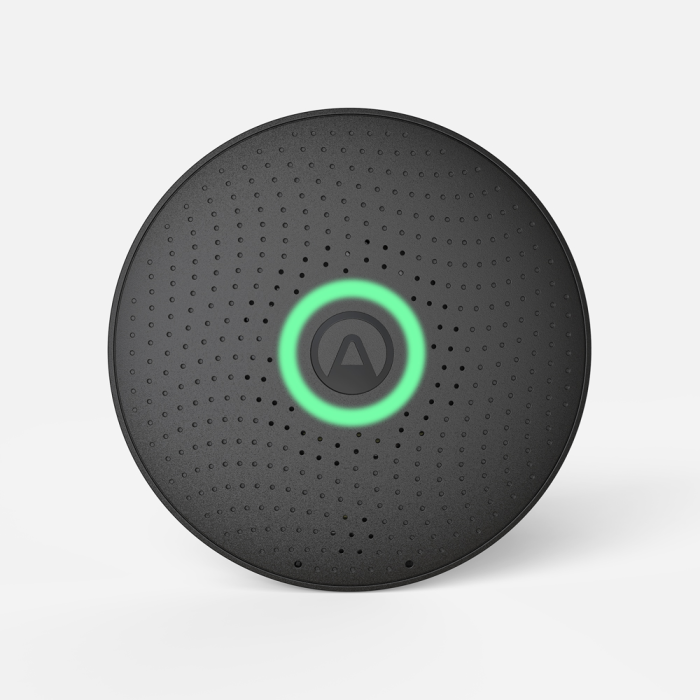
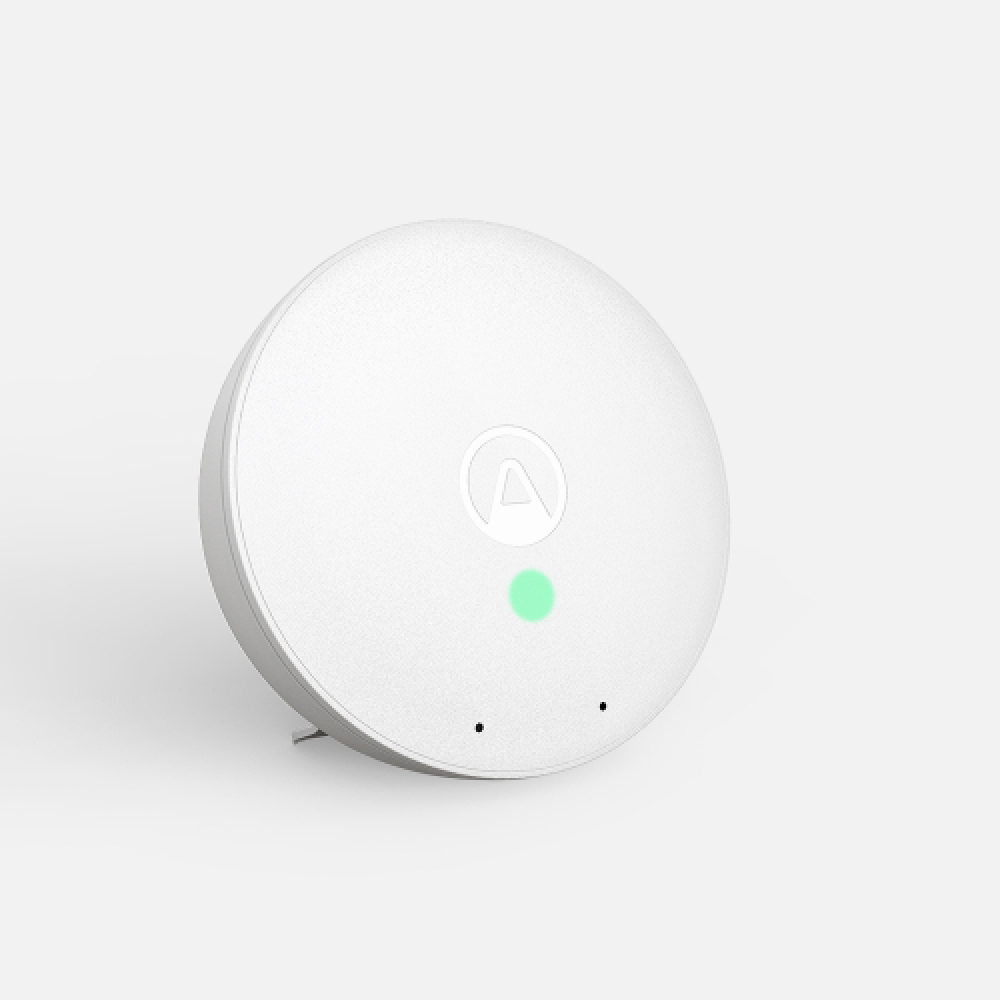
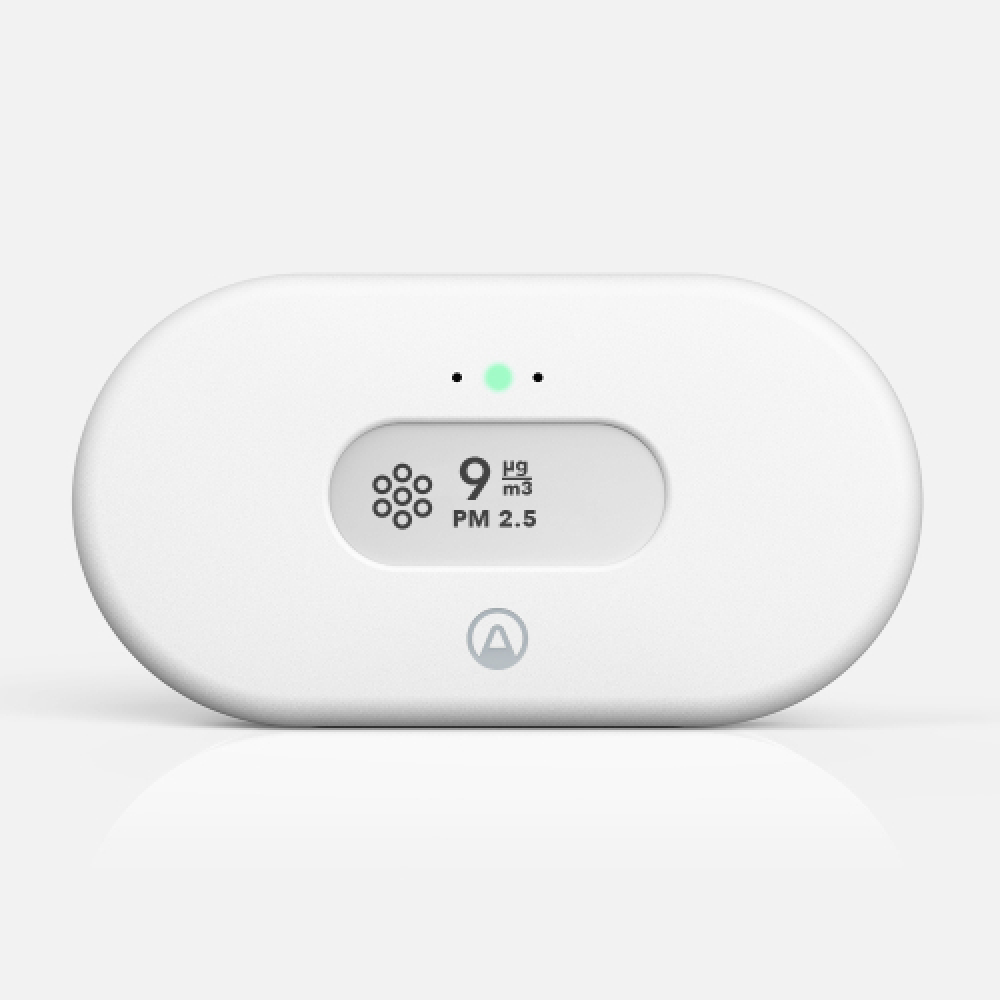
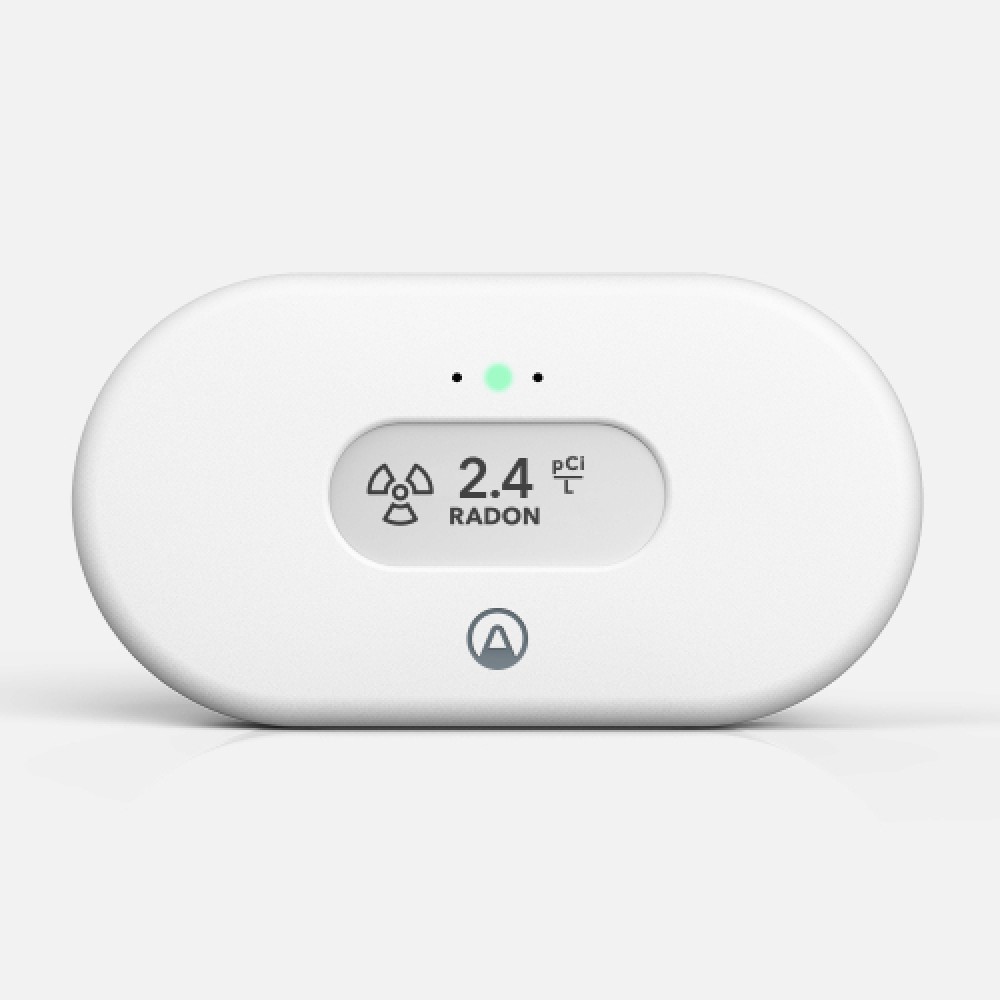
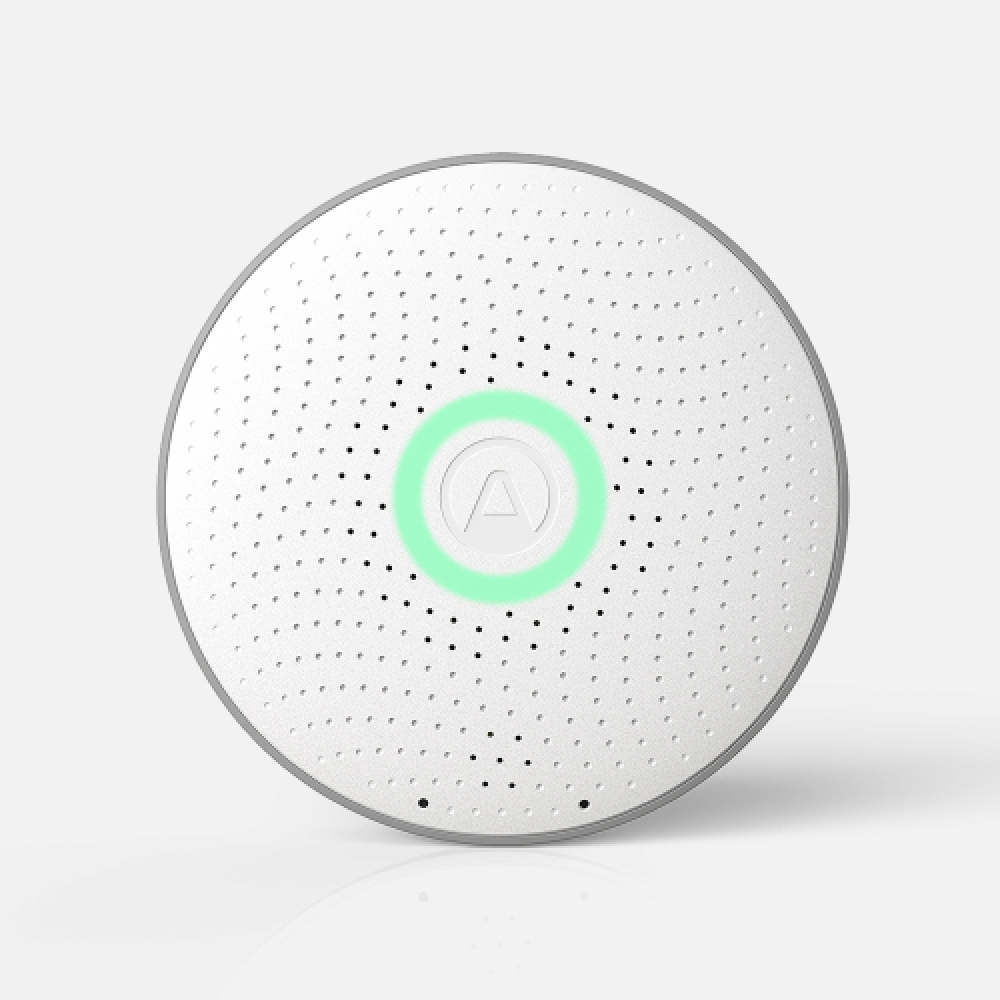
%20(1)%20(1)%20(1).webp)
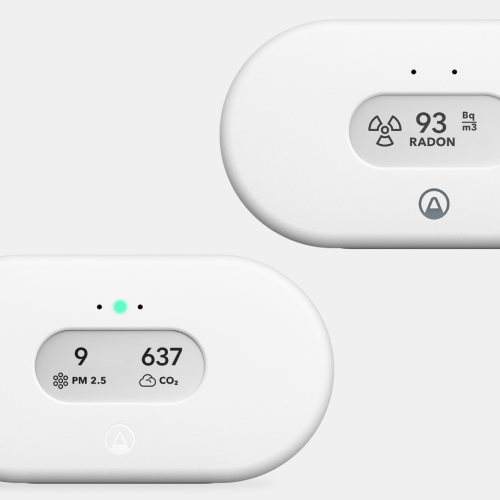
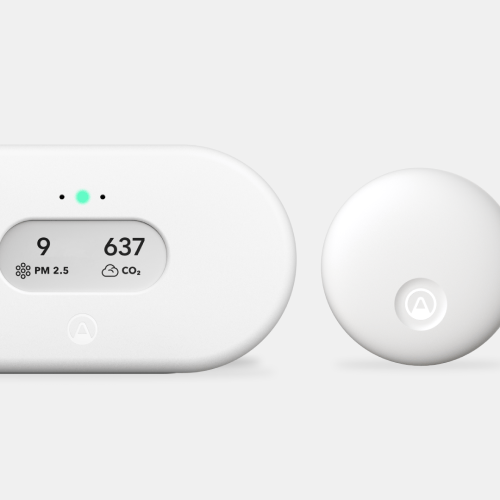
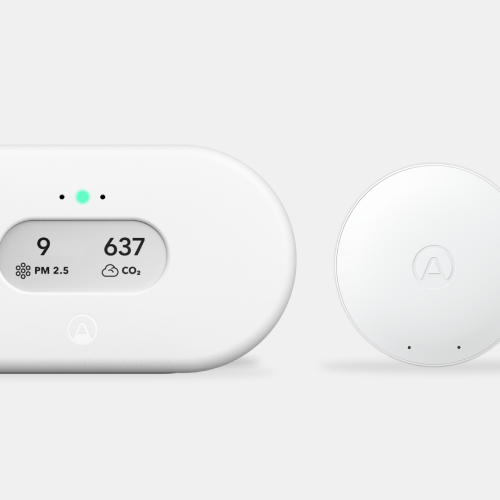
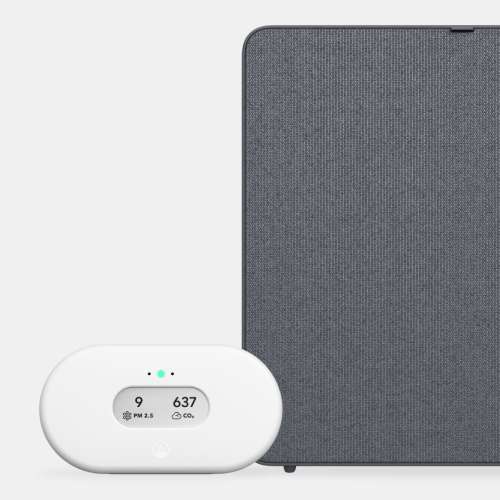
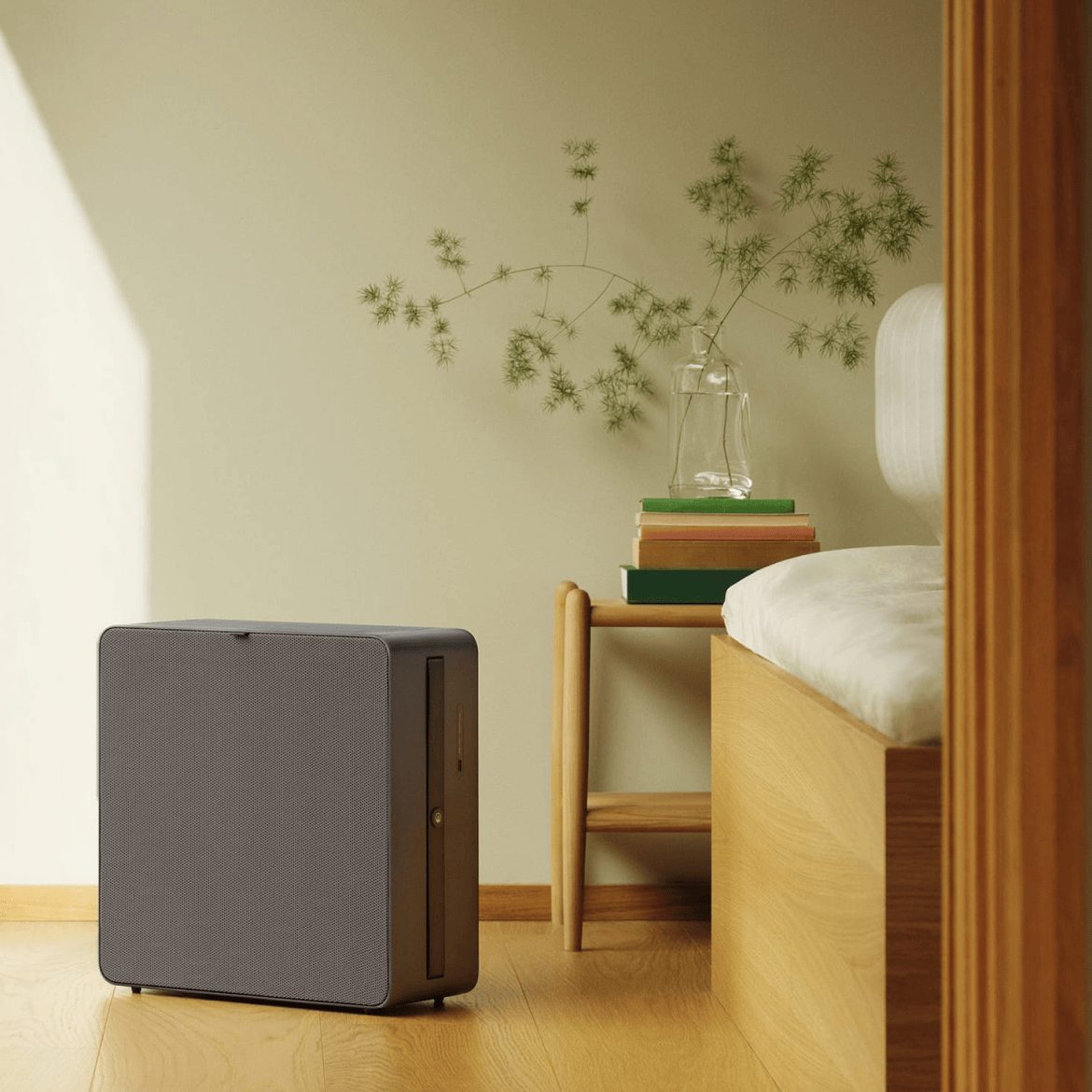

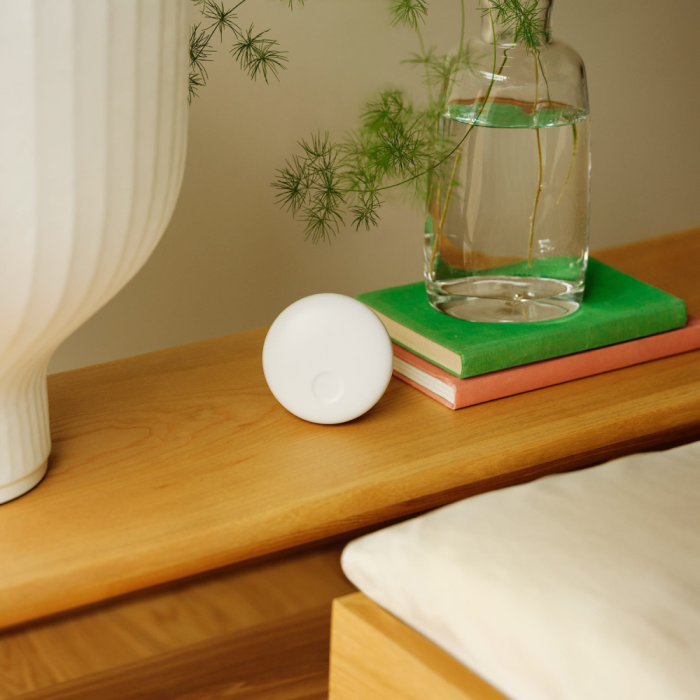
 Back to top
Back to top